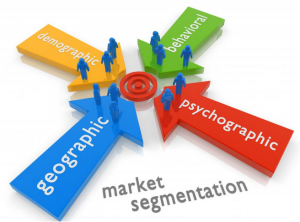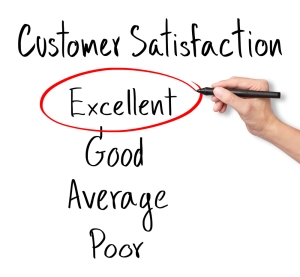“Who cares if we find out we lost a customer after he/she left?”
Using analytics to compete and innovate is a multi-dimensional issue. It ranges from simple (reporting) to complex (prediction). We are now in an era of man+machine interactions. There is a drift from “Serving customers with few channels” to “integrating multi-channels, devices”, from “lone demographic segmentation” to “complex behavior segmentation”
You have acquired a customer. Now what? Retain the customer, as the chances you can get existing customers to do more business with you is much more likely than what it takes to go out and get somebody new. An Organisation needs passion and precision when it comes to customer retention. The objective of performing analytics for ‘Retention’ is not just to understand why you lost a customer; but how to prevent you from losing one before it happens. In this blog we want to tell how important customer retention is and the ways to improve customer retention.
Here are few important ways to improve customer retention:
- Customer Segmentation – Know Thy Customer
Customer segmentation is the practice of dividing a customer base into groups of individuals that are similar in specific ways relevant to marketing, such as age, gender, interests, spending habits, and so on. Customer segmentation allows a company to target specific groups of customers effectively and allocate marketing resources to best effect. Better customer segmentation for customized services.

Customer segmentation includes:
- Collection of data
- Integrating data from various sources
- Data analysis for segmentation
- Effective communication among business units
- Customer funnel optimization and improvement

Identify the blockage points –
- Are you getting enough leads at the top of funnel?
- How many visitors have converted to registered users?
- Are you able to catch the decision trigger?
- Are you able to bring back the customer?
Ideate on the causes of blockage points, solve them. Removing the blockage points will increase the conversion rates in your funnel.
- Suggest products
You now got a customer through the funnel. What next? Suggest products which customers might like based on their previous buying history. Companies are now interested in understanding every aspect of customer interaction, websites purchasing patterns, social media, support calls, transactions etc. The combination of customer’s transactional history across channels with their online and social behavior is the ‘Holy Grail’ here.

Machine intelligence is getting increasingly married to human insight. Let us look at following interesting applications:
- Recommendation based on social media relationships: “Several of your Facebook friends have recently enjoyed visits to our restaurant, so we’re offering you 15% off to try it yourself”
- Recommendation with regard to cross-sell sales: “We hope you’ve liked the 40 inch LED TV purchased with us, as a token of loyalty we want to extend the gratitude and here’s a coupon for 20% off valid across all Home theaters”
- Recommendation based on customer behaviors: “We are sorry we missed you this Sunday at Baskin Robbins after nine straight weeks of enjoying your company! Here is a free ‘Warm Brownie Sundae’ for you”
- Recommendation based on location: “We see you have just landed in Mumbai, and your final destination is Marriott in Juhu. Here is a ₹ 500 Ola cab coupon to get you there”
Identify the patterns of past purchases, browsing history, social media behaviors and build an algorithm using a training set to train the model and implement the algorithm thus developed on the desired set which gives you “Machine learning based recommendations‘’. So simple, isn’t it? (Just kidding)
- Customer Satisfaction
The most important factor that drives to retain a customer. If you are successful in making your customer happy on their first purchase, chances are high in gaining them back. An organization needs to focus on the value and support provided to the customer during their engagement.

(Source: color.co.uk)
The following helps in maintaining healthy CSAT score –
- Improved NPS (Net Promoter Score)
- Increased customer satisfaction and fewer calls to call centers
- First call resolution
- Social Media engagement
As they say, “water water everywhere not a drop to drink”; Most of the data is unstructured which is hard to clean and bring into shape for analysis to work. Customer data analytics can unleash significant financial rewards for an organization’s sales, marketing and customer services. With so much data to contend with, companies often struggle with making sense of information from customers (segmentation), public records (social media data) and external databases (web history, buying pattern etc.); The aggregation of data renders any analysis on the individual customer level impossible. Profit and revenues are determined by a multitude of variables, which in addition are highly correlated. Data aggregation and correlation from these sources are crucial to find hidden insights.
Please do comment!
Cheers,
One thought on “From Acquisition to Retention”